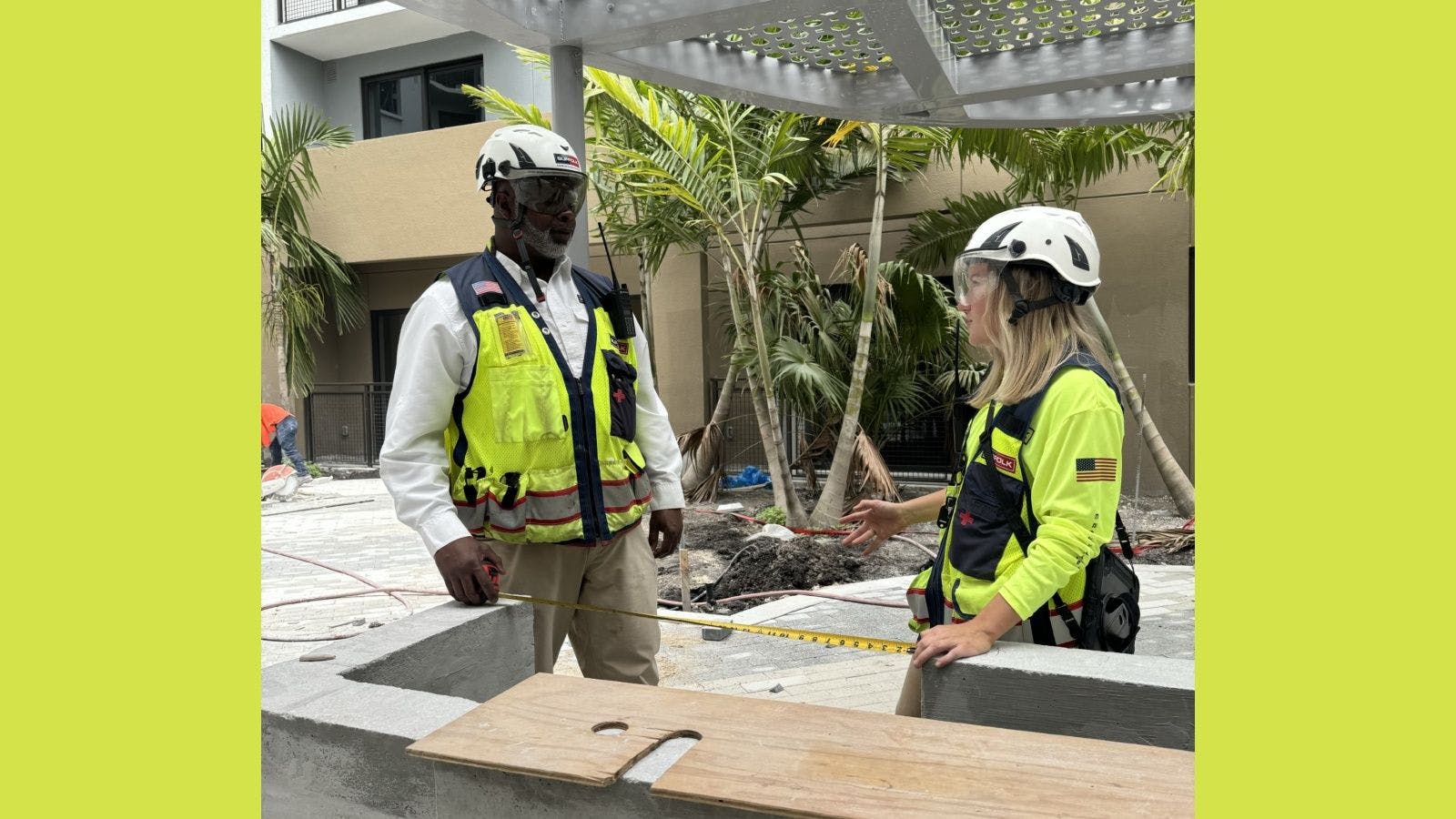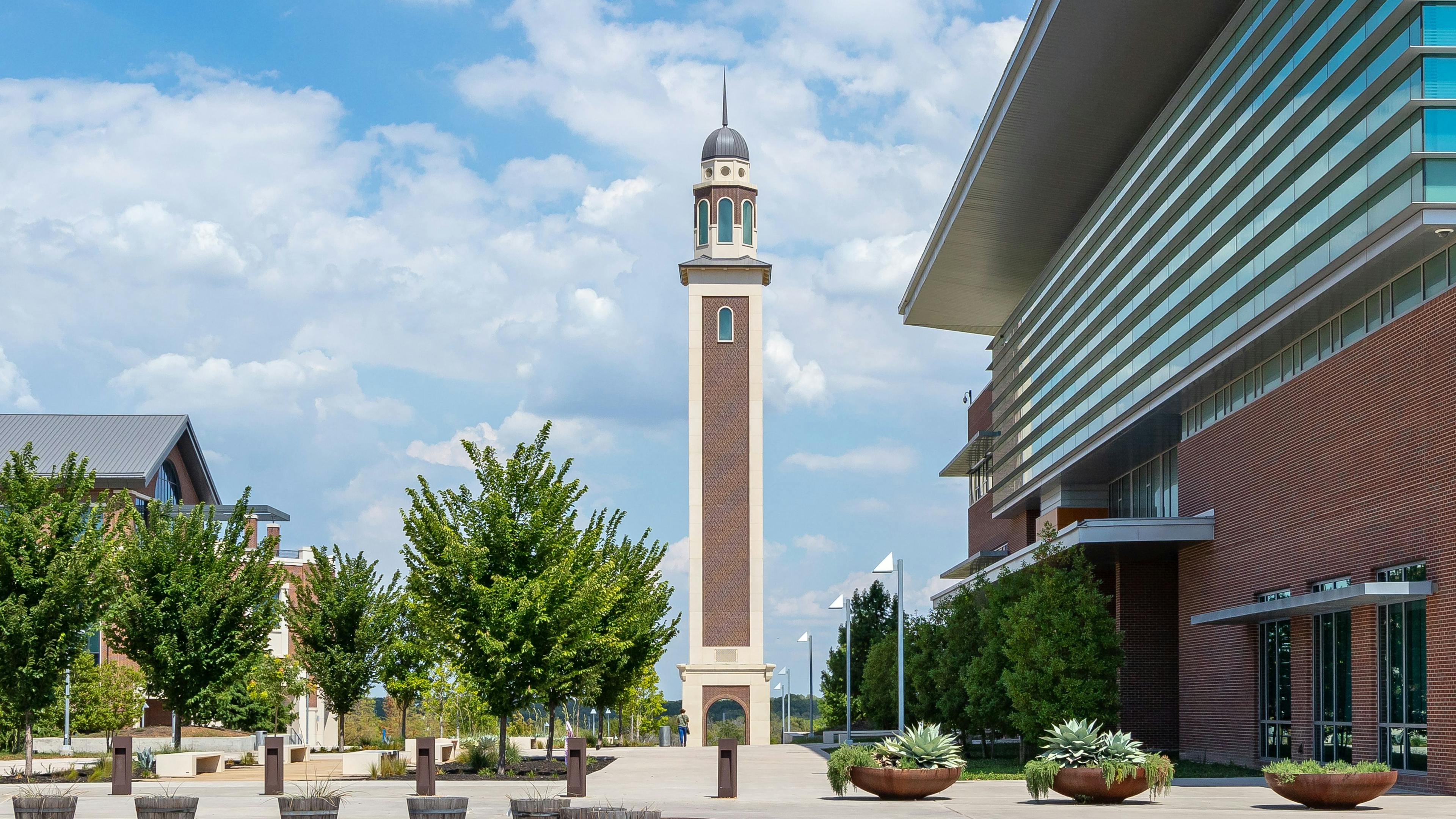
Take Action to Improve Construction’s Skilled Labor Shortage
While workforce shortages have become much more commonplace across many business sectors during the pandemic, the construction industry’s skilled job vacancies have reached dire levels. According to analysis from the U.S. Department of Labor’s statistical data—released almost a year ago—the demand expressed in sheer numbers is alarming. In 2021 alone, it was predicted that the industry would need to hire an additional 430,000 workers to meet the needs of commercial construction companies. Additionally, it was also reported that a growth rate higher than the predicted 1.3% could boost the number of required employees to one million.
At the owner and managerial level of the commercial construction industry, most leaders are more than aware of the dire shortage of skilled labor. There’s no need to continue preaching to the choir. The real question is, what do we do about it? Brian Montelongo, president of the Rocky Mountain Masonry Institute (RMMI), and Christy Crook, president of Phoenix Masonry, address key questions about the industry’s most pressing concern.
On where the skilled labor shortage originates
Montelongo: We need to reach the workforce before graduating high school and make sure they understand the options for different career paths. Additionally, we must combat the growing societal belief that “everybody needs to go to college”—as that simply is not true. There are many trades, including masonry, that do not require a college education, allow people to work nearly anywhere, and will always be in demand. Finally, we need to illustrate the pride one can take when they see the outcome of their work, knowing it will be standing decades later.
Crook: It’s true that high school guidance counselors reinforce the notion that college degrees are the sole route to a successful career. Not only is this thinking outdated, it’s also inaccurate. Employees in their mid-40s make up the bulk of the workforce, and they’ll be aging out sooner rather than later. The high school pipeline isn’t the only target market we should be relying on. because there are plenty of people under the age of 40 in other industries who could benefit by transitioning to a career in construction. Especially considering the amount of training and apprenticeships the industry is willing to offer and accommodate.
On how we can address the shortfalls in the labor force with specialized programs
Montelongo: RMMI is creating an online pre-apprenticeship course that will be free to anyone interested in a masonry career. If students take the course and pass it, they will be eligible to interview with a member contractor or supplier and get an opportunity to earn a place in the Fast Track Apprenticeship Program. The Fast Track Apprenticeship Program combines online learning, hands-on instruction, and on-the-job training to develop capable masons in half the time of the traditional three-year apprenticeship program. The condensed time frame reduces the dropout level, helping potential masons stick with it and finish their apprenticeships.
In 2021 RMMI also kicked off its Future Leaders group, which is made up of the youngest professionals in our members’ companies, we are forming recruitment teams to participate in career fairs and reach out to schools for presentations and workshops. These initiatives have been in the planning stages for the past couple of years, set to launch later this year.
Crook: One way to mitigate construction’s labor crisis is to recruit more women. To support this effort, I support and serve on the board of directors for Transportation & Construction GIRL, a nonprofit committed to helping females learn about sustainable careers in the commercial construction industry. It’s an empowering organization that lets females imagine what their potential could be and what they could become. This organization can open girls’ eyes to opportunities they may not have known beforehand. Plus, over the years, we’ve realized that many parents don’t really understand what the construction and transportation industries are. So, not only can this help young women, but it can also remove stigmas and show parents that construction is a great career path for their daughters. We need to show females that construction and transportation jobs aren’t just about being out in the field digging ditches or driving a bus.
On what can be done at the local, state and federal level over the next five years
Montelongo: It begins with recognizing the problem: we simply need more young people seeking a career in the trades, including masonry. Trade associations, government bodies, and private industry need to work together to promote masonry and other trades as a fulfilling, worthwhile profession that allows an individual to support a family and a comfortable lifestyle. Incentives and tax breaks to employers that invest in apprenticeships and other skills’ training would be helpful. It would be beneficial to see more grants for industry groups that are willing to offer vocational training.
Crook: We could use some improved messaging in the commercial construction industry. If we hope to redirect people and pick up employees from other industry sectors, we need to demonstrate the benefits of working in construction. On average, workers earn almost $15 more per hour than employees in the restaurant, retail or hospitality sector. It’s also notable that the gender pay gap in the construction industry is practically nonexistent, with women earning an average of 99.1% of what men earn. These are great talking points. But is anyone hearing this message?
The skilled worker shortage most certainly won’t be solved overnight, or even this year. It’s going to take a concerted effort on behalf of everyone in the construction industry to do what they can to work together. We have to move this industry’s workforce beyond the stereotypes to viewing construction employment as a realistic opportunity and choice.
Related stories








